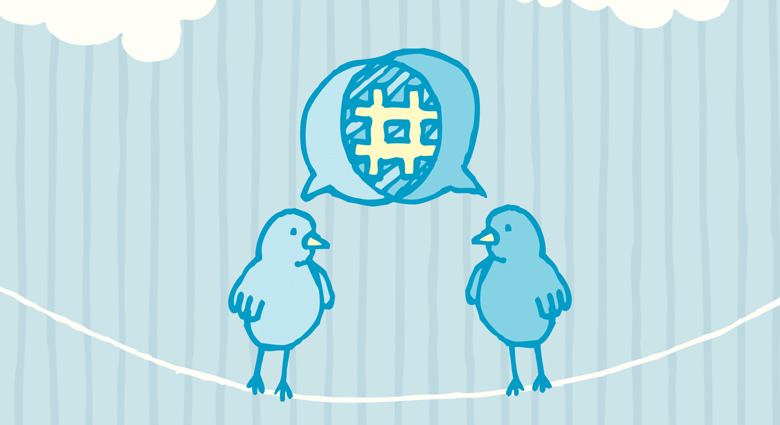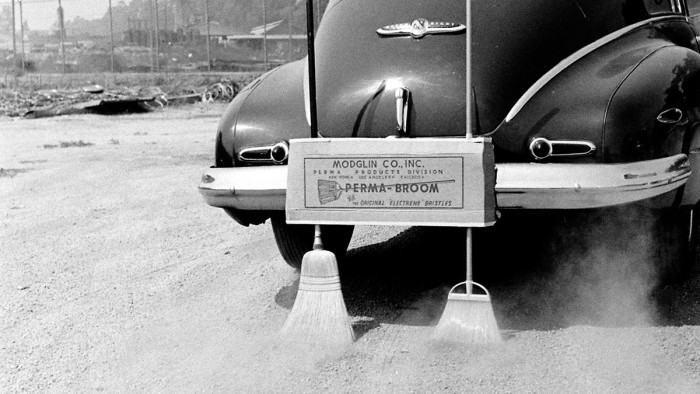Marketing personas? Check.
Customer data? Check.
Writing and story are the very heart of marketing — even in our video-centric world.
Strategy? Check.
Deep understanding of your product or service and the problem it solves? Yep.
Empathy for the customer? You've got that, too.
You're armed with all of the above - all the things you need to create the kind of marketing campaign that blows last year's results out of the water.
But there's one more thing you'll need:
A Strong Writer
Or, more specifically, you need a strong writer who can write with a customer-centric point of view.
That’s where it gets tricky. Because it’s easy to say that you need to adopt a customer mindset. Every marketer knows that: It’s marketing 101.
But, in practice, it’s really, really, really hard.
We all like to think of ourselves as empathetic creatures. We all like to see ourselves as murmuring and nodding along with anything and everything our customers say, because we know them so well that we practically walk around in their shoes.
But the truth is that customer empathy is hard.
Its hard to look at things from another's point of view, because our eyeballs are firmly rooted in our own heads, not someone else's.
Hold up : A writer?
Let's pause here for a station break.
I want to address a question that might still be nagging you after my declarative sentence a few paragraphs back: I said there’s one more thing you’ll need: a strong writer.
Why would I say you need a strong writer on your team? Isn’t 2017 the year of video? Aren’t 360 video and live video the new frontiers? Isn’t writing as a marketing skill hopelessly old-school?
Nope. Embracing video doesn’t mean we ignore text and writing. Quite the opposite: Writing is the foundation of a good story. And well-chosen words can greatly enhance whatever video you’re creating, too, because many us view video in silent mode on social platforms, and subtitles— written words—help get your message across there.
The perennial problem in marketing is that many of us are terrible writers on our first draft, often because we have the bad habit of saying what we need to say instead of what the customer needs to hear.
I get that. I understand how it happens. A deadline is looming, we are pressed to get something (anything!) off of our desks. And the next thing you know we’ve embraced what my friend Doug Kessler calls our own “inner yaddayadda merchants.” Ego takes over. And we allow our tonedeaf corporate-centric messaging to offend our precious customers.
Which is where empathy comes in
So what's this "crazy simple" way to adopt that empathetic customer mindset?
A lot of bad writing habits can be reformed in one key way: swapping places with your reader before you publish.
To start, go ahead and write your face off from a corporatecentric point of view. Write like you want to write, and say what you want to say. Let your own ego delight you because you are an amazing and hilarious writer! You’ve got this!
And then... drop your pencil. Put down the keyboard. Put some distance between you and that writing.
Take a break.
Go on a walk.
Have a coffee.
Binge-watch an entire season of Man in the High Castle. (But, if you do that, don’t talk about it with me. I haven’t yet gotten past season 1.)
Go home for the night.
And when you come back to The Ugly First Draft (TUFD), swap places with your reader. Physically get up and walk to the other side of your desk and read it from there, if that helps. Put yourself not just in their shoes. Put on their pants, shirt, or dress. Heck, crawl inside their skin, too.
In short, adopt a critical mindset toward each sentence you read: “Does this truly help the reader in some way?”
Also, watch your language. In his essay “Politics and the English Language,” George Orwell wrote that a “scrupulous writer” will ask himself or herself a series of questions about everything he or she writes:
“What am I trying to say?
“What words will express it?
“What image or idiom will make it clearer?
“Is this image fresh enough to have an effect?
“Could I put it more shortly?
“Have I said anything that is avoidably ugly?”
So, adopt that kind of critical view. And then rewrite as if you were the reader. Edit yourself.
To do so, you’ll need to do something with Ego: Shove it in the closet. Lock it up in the trunk of your car. Walk really fast and lose it in a crowded subway station. And, if it comes to it, punch Ego in the throat and give voice to the Reader.
And that’s the crazy-simple idea:
Write like a marketer. Allow your Ego to showboat off a little. Then let the Reader come in to straighten out the mess you've created.




.png)




What Did You Think?